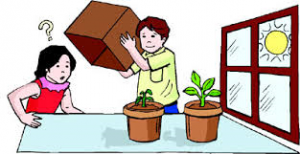Overview
Year two students are currently studying a unit of work in the Technologies- Design and Technologies knowledge and understanding curriculum in Food and fibre productions. This lesson will be the third lesson out of the five lesson program. Students will be growing their own wheat to put themselves in the shoes of a farmer after they have been introduced, in previous lessons, to farms and animals and plants that are on farms that provide us with food. They will have covered a lesson on wheat and the process of growing and producing wheat into flour for our food.
F-2 Content Description
Food and fibre production: Explore how plants and animals are grown for food, clothing and shelter and how food is selected and prepared for healthy eating.
Elaboration:
Exploring which plants and animals can provide food or materials for clothing and shelter and what basic needs those plants and animals have.
Please download my Mindmap



